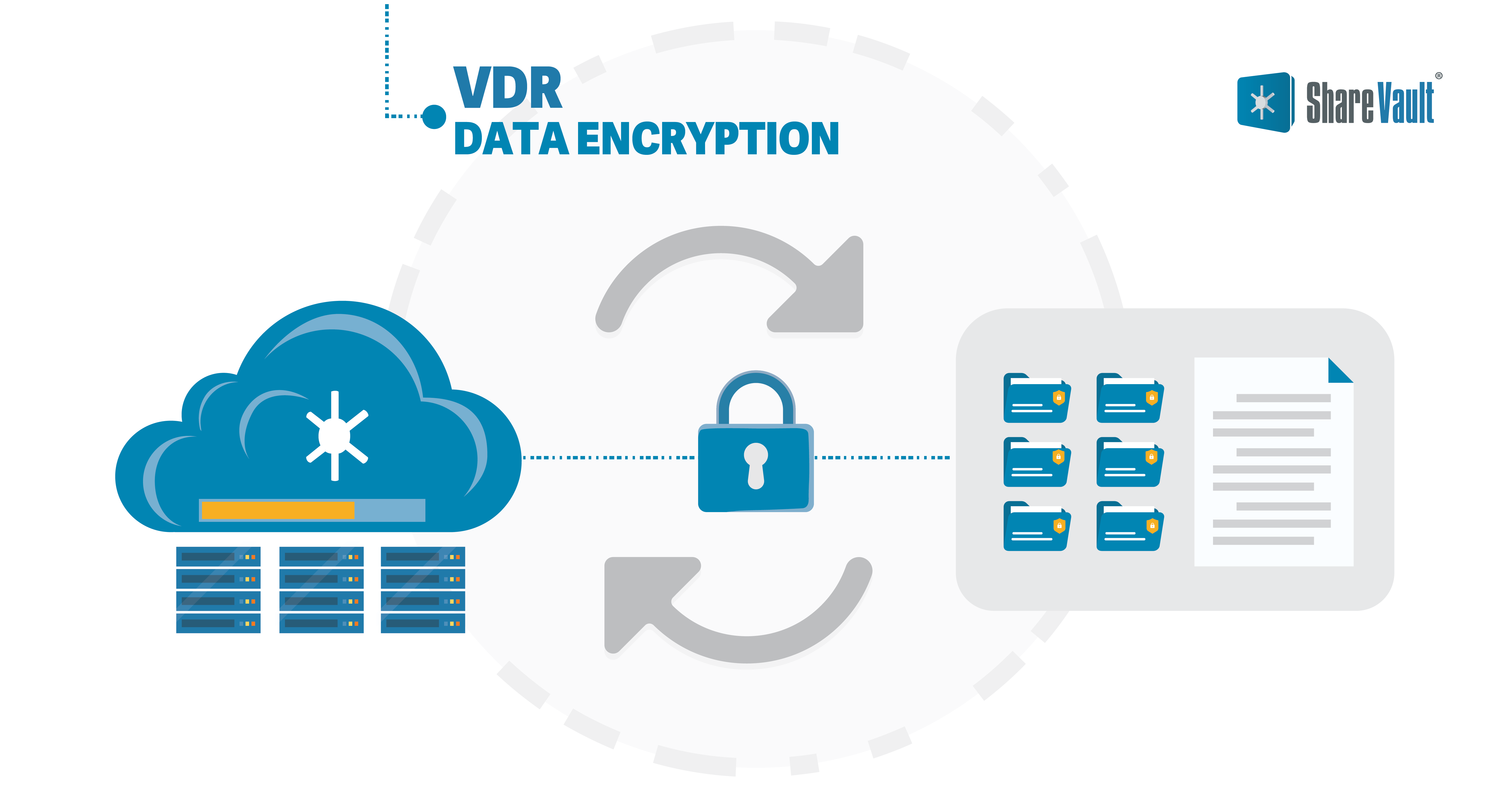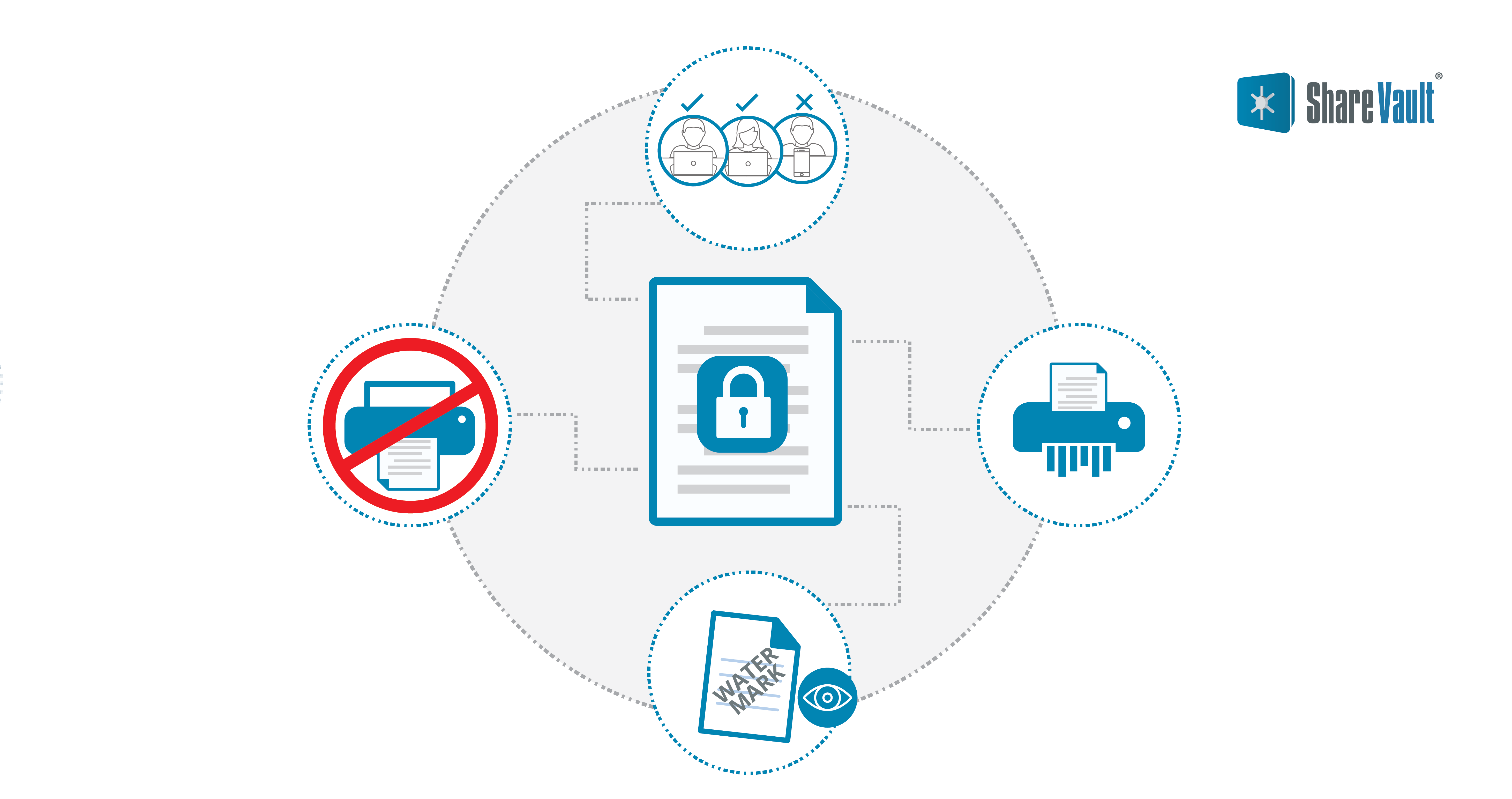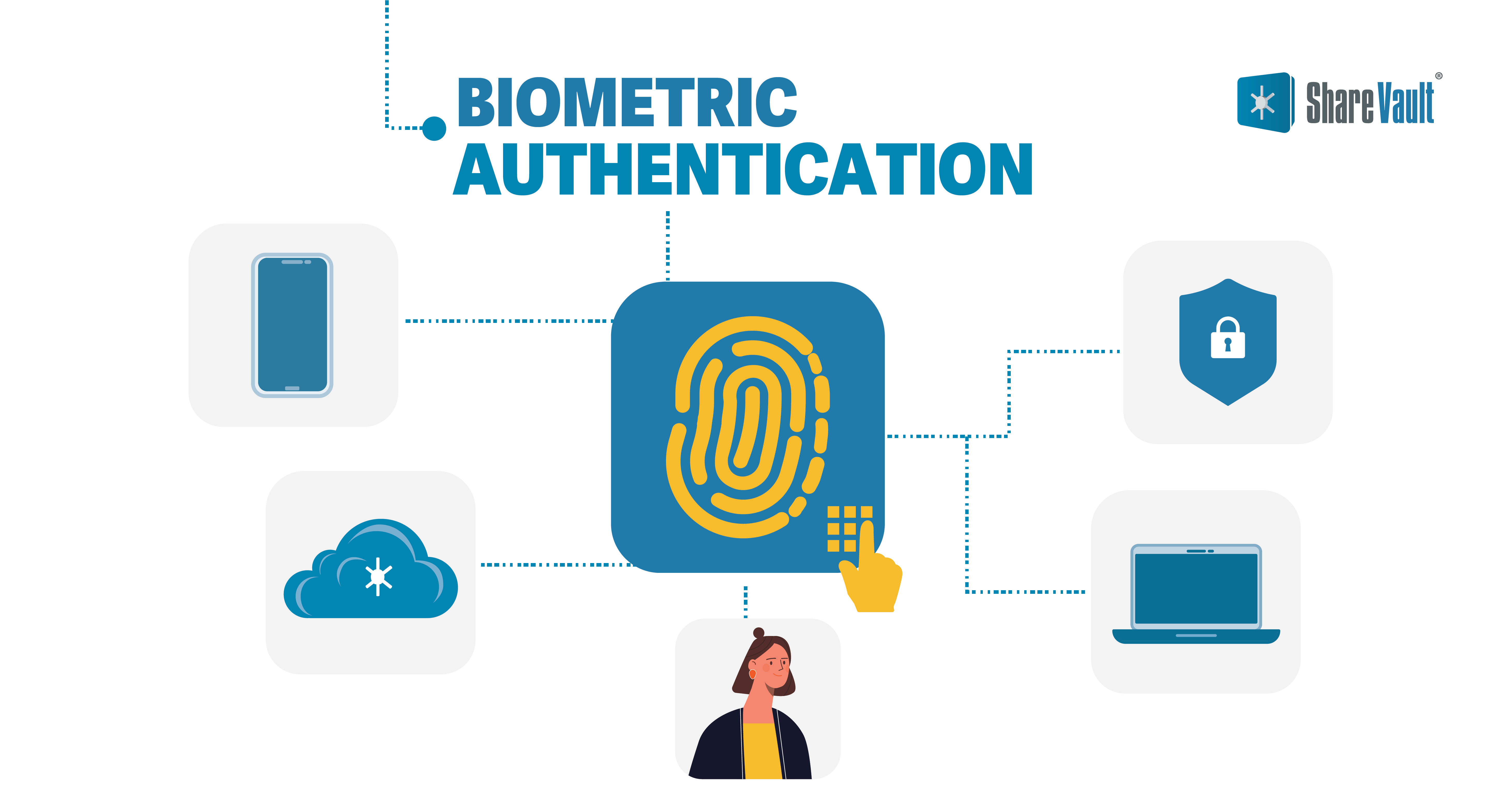In the rapidly evolving digital landscape, the banking industry faces a constant challenge to ensure the security and integrity of financial transactions. As the world increasingly turns to online and mobile banking, traditional security measures are no longer sufficient to combat sophisticated cyber threats.
To stay ahead of these challenges, financial institutions are turning to Virtual Data Rooms (VDRs) to provide next-level security for banking and unleash the full potential of secure financial transactions.
What is a Virtual Data Room (VDR)?
A Virtual Data Room (VDR) is an online repository that facilitates secure storage, sharing, and management of sensitive information and documents. Initially designed for mergers and acquisitions, VDRs have now expanded their applications to the financial sector due to their unparalleled security features.
VDRs enable banks and financial institutions to streamline their operations, enhance collaboration with clients, and safeguard sensitive data.
Enhanced Data Encryption
Data breaches are one of the most significant concerns for banks, as they can result in severe financial losses and reputational damage. VDRs address this challenge through advanced encryption techniques, ensuring that data is protected from unauthorized access during storage and transmission.
Typically, VDRs employ end-to-end encryption, which means that data remains encrypted at all stages—from when it leaves the sender until it reaches the intended recipient. This robust encryption methodology guarantees that even if hackers intercept the data, they will not be able to decipher it without the encryption keys.

Granular Access Controls
The banking industry deals with a vast array of sensitive information, from customer data to financial records and regulatory documentation. VDRs offer granular access controls, allowing administrators to assign specific permissions and restrictions to individual users based on their roles and responsibilities.
This ensures that only authorized personnel can access specific documents and perform particular actions, minimizing the risk of data breaches and insider threats. Additionally, audit trails keep track of all activities within the VDR, providing a comprehensive record of who accessed what information and when.
Two-Factor Authentication (2FA)
To further fortify the security of financial transactions, VDRs often implement Two-Factor Authentication (2FA). With 2FA, users must provide two forms of identification before gaining access to the platform, such as a password and a one-time code sent to their mobile device.
This additional layer of security greatly reduces the risk of unauthorized access, even if login credentials are compromised.
Watermarking and Dynamic View
Financial documents often contain sensitive information that requires special protection. VDRs offer features like watermarking and dynamic view to mitigate the risk of information leakage.
Watermarking involves overlaying sensitive documents with unique identifiers, such as usernames or timestamps, making it difficult for unauthorized individuals to share or distribute the documents without revealing their identity.
Dynamic view, on the other hand, allows users to view documents without downloading them fully, reducing the risk of data being stored locally and unintentionally exposed.

Secure Document Collaboration
The banking sector heavily relies on collaboration with external parties, such as auditors, legal counsel, and clients. VDRs provide a secure environment for seamless document sharing and collaboration.
Traditional email attachments and file-sharing services can be vulnerable to interception, but VDRs use encrypted channels for data transfer, ensuring that sensitive information remains protected during collaboration processes.
Digital Rights Management (DRM)
VDRs equipped with Digital Rights Management (DRM) allow banks to maintain control over their documents even after they are shared externally. DRM enables administrators to set expiration dates for documents, revoke access at any time, and restrict printing, downloading, or copying of documents.
This feature ensures that confidential information remains within the bank's control and prevents unauthorized distribution.
Biometric Authentication
As technology continues to advance, so do the techniques used by cybercriminals. To counter increasingly sophisticated threats, some VDRs have implemented biometric authentication.
Biometric authentication uses unique physiological or behavioral traits, such as fingerprints, facial recognition, or voiceprints, to verify a user's identity. By adopting biometric authentication, banks can add an extra layer of security to access their VDRs, making it significantly more challenging for unauthorized parties to gain entry.

Conclusion
In an era where financial transactions are increasingly conducted online, the importance of robust security measures cannot be understated. Virtual Data Rooms (VDRs) offer the banking industry a powerful tool to unleash next-level security in financial transactions.
With features such as enhanced data encryption, granular access controls, two-factor authentication, watermarking, and dynamic view, VDRs provide unparalleled protection for sensitive information.
Additionally, digital rights management and biometric authentication further bolster security measures, safeguarding the integrity of the financial ecosystem. By adopting VDRs, financial institutions can fortify their defenses against cyber threats, foster secure collaborations, and build trust with their clients in an increasingly interconnected digital world.
ShareVault has been providing the banking industry with secure document sharing solutions for over fifteen years.
